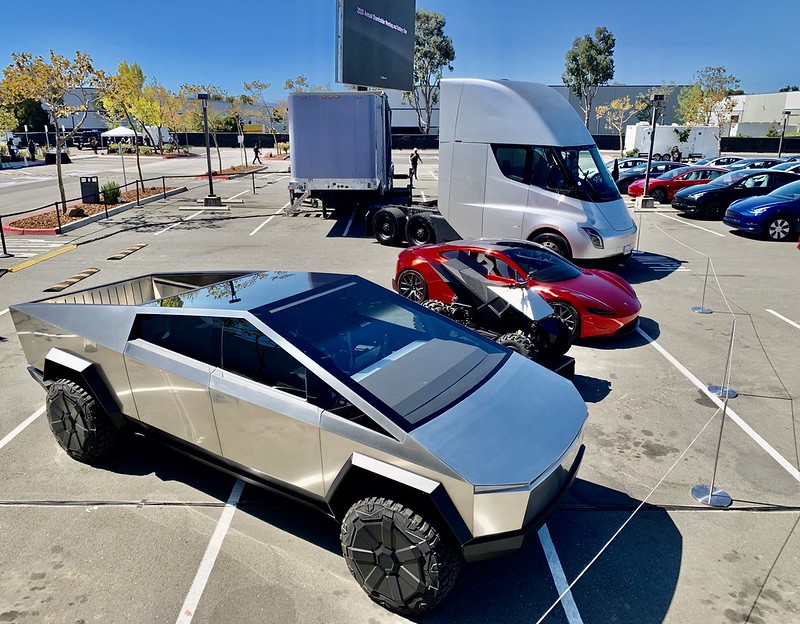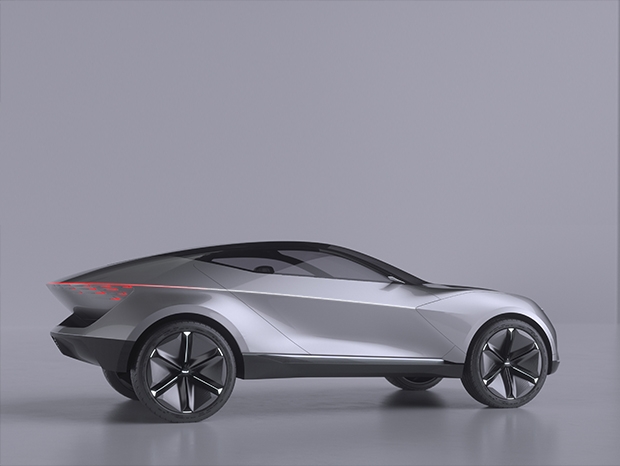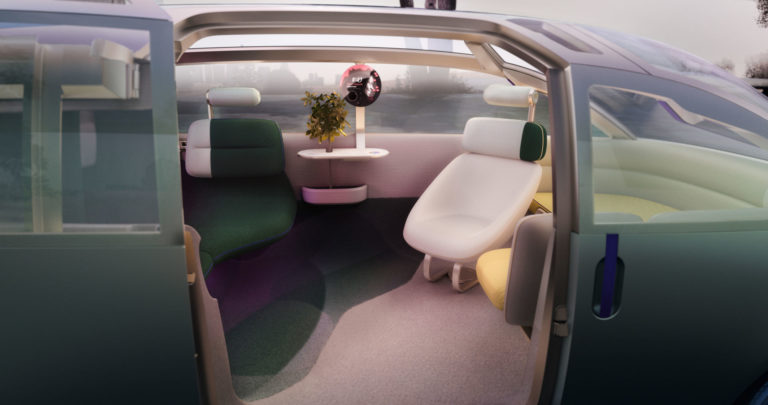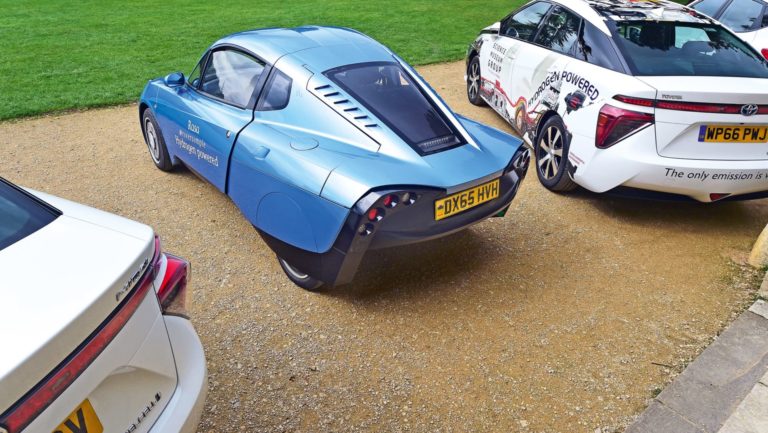Are electric cars just the cherished dream of eco-conscious consumers or a soon-to-become reality? With the coming of Biden’s strong climate policies and the Trump administration’s odious support of the fossil fuel industry finally out of the way, the United States as a whole – and not just Tesla – is back in the electric car race. Three days ago, on 28 January, GM announced that it would go much further than simply selling hybrid cars or a few electric models: By 2035, it would sell only zero-emission vehicles.
This means that GM will phase out their most successful products: Gaz-guzzling S.U.V.s and pickup trucks. Thus putting another nail in the coffin of the internal combustion engine and heralding the coming of electric cars.
The March of Electric Cars Around the World
Since GM is America’s car behemoth, employing 1 million people, more than any other carmaker in the U.S., the news made headlines and shook up the American car industry. The expectation is that much of the American car industry has no choice but to follow GM’s example. And catch up with Tesla that in the meantime has unveiled last year its famous electric trucks, the Tesla Semi and Cybertruck. Not to mention Tesla’s future roadster that should become available in three years, an astonishing machine capable of hitting 0-100km (60 miles) in 1,9 seconds flat, with a 400 km/hour top speed and a 1000 km autonomy: a supercar by any metrics (including the price: over $200,000).
And the American industry is definitely coming up with exciting new products in an “old” established category, pickup trucks, that has long been popular in the United States:
Tesla is no longer alone, and among upcoming rivals is an attractive newcomer, the startup Rivian that has raised over a billion dollars, including from Amazon. Both its pickup truck and S.U.V. are expected to become available for customers by the summer of 2021.
In Europe, the pace is somewhat slower. That may come as a surprise given both the long tradition of inventive car design and the political support by the EU Commission when it managed to push through the European Green New Deal.
Yet the European industry is decidedly more cautious in its claims, although the proposed timeframe in the case of Daimler, the maker of Mercedes-Benz cars, is encouraging. Daimler has said it would have an electric or hybrid version of each of its models by 2022. Volkswagen is less ambitious and has promised it would produce an electric version for each of its models only eight years later, by 2030. No European carmaker, unlike GM, has announced zero-emission vehicles across the board.
In China, for now, the automotive market remains the most advanced, with full support from the Chinese government. The latest report from KPMG China, just published and optimistically titled Sinocharged: The bright future of China’s electric vehicle market, highlights how the new energy vehicle (NEV) market in China has changed over the past year and summarises trends in three major areas of electrification, namely original equipment manufacturers (OEMs), the battery value chain and electric vehicle (EV) charging, confirming China’s fast pace on the road to full electrification.
In Japan, it’s a radically different story. The new government has reiterated its ambitious goal of “eliminating the need for fossil fuels in the latter half of the 21st century” and has already called for a ban on new internal combustion engine cars by the mid-2030s. But Akio Toyoda, the president of Toyota, the world’s No. 2 automaker, and chairman of the Japan Automobile Manufacturers Association, begs to differ.
Toyoda makes the case that electric cars are a mirage since they need an electricity source that is itself a source of carbon emissions. And he provides numbers to buttress his case: If the 4 million cars on the road – the number of cars sold in Japan every year – were electric vehicles, then Japan would need to increase its power output by 10% to 15%. That is the equivalent of 20 thermal or 10 nuclear power stations. But because fossil fuels account for 77% of power generation in the country right now, there wouldn’t be any net drop in emissions unless more renewable and nuclear power generation facilities were put online.
His next point, you guessed it, is that Toyota’s hybrid models partly produce from their own combustion engine the electricity they use.
Clearly, this is an open debate that cannot be solved until the whole economic system shuts down its dependence on fossil fuels and moves entirely to non-fossil production of electricity. Not to mention the environmental cost of battery production – a problem that could be (partly solved) only if we move to hydrogen-powered vehicles (more about that below).
But the political debate on finding a sustainable method of transportation has unleashed the imagination of car designers. We are, at last, witnessing a stunning wave of innovations unlike any we’ve seen in the 135 years since the birth of the car.
A Glimpse of the Future: Electric Dream Cars Around the World
This wave of inventiveness is happening everywhere and among both established, traditional carmakers and startups.
There is no space here for a complete listing but a look at some of the more remarkable proposals gives a sense of the magnitude of the coming change – and it’s a veritable watershed. Here’s a sample of electric dream cars (and pickup trucks).
United States: GMC Hummer vs. Tesla Cybertruck
GM unveiled at the end of last year an all-electric Hummer:
Why the comparison? It makes sense as Tesla’s Cybertruck compares well with the Hummer in terms of size and performance if not price – the Tesla is some thirty percent cheaper.
Germany: Audi AI:TRAIL quattro
Take a look at Audi’s off-roader with four electric motors, one for each wheel, and five drones to light the way:
South Korea: Kia Futuron
Coming this year, Futuron is an electric crossover, a sports car on an SUV platform with a sober, linear design made possible, as is always the case, with a fully electric powertrain. It is the first of a series of eleven zero-emission cars that will be launched within 2025.
The United Kingdom: Vision URBANAUT
All the classic British carmakers, from Jaguar to Bentley are coming up with their own electric dream car, but the most original vision certainly comes from its iconic MINI (owned by BMW since 2000): The Vision Urbanaut that “rethinks” space as a function of a driverless, electric car. You can transform from a standard car to a lounge with the passengers able to sit around and chat:
Going Beyond Electric: Hydrogen fuel cell vehicles
Hydrogen is definitely the cleanest kind of fuel. The most famous hydrogen-powered models currently available are coming from Japan, with Toyota’s Mirai and Honda’s Clarity and from South Korea with Hyundai’s Nexo. But hydrogen fuel cell vehicles are also vigorously pursued by independent startups, notably TH2 Motors, a carmaker that is a subsidiary of Thermal Hydrogen Industries.
Seen by many as the ultimate, rational solution to decarbonize our economic system, vehicles powered by hydrogen fuels could be the future – provided they attract investment into the necessary infrastructure. For now, hydrogen-fuel stations are few and far between (only one in Italy where I live). For example, in the UK, there are only 20 hydrogen fuel charging stations compared to 36,000 electric ones (and rising).
As a result, hydrogen is still a“niche tech” while the sale of EVs continues to rise, starting with Tesla’s Model 3, probably the most popular EV anywhere. For now.
RELATED ARTICLES: Changing the Future of the Automotive Industry with TH2 Motors / 5 Ideas To Be More Sustainable While Driving Your Car / Hydrogen: a sustainable newcomer for the transportation industry / Joi Scientific, Harvesting Hydrogen from Seawater. Interview with Chairman and CEO, Traver Kennedy / The Coming Electric Aviation Revolution / HES HYCOPTER: The Hydrogen-Powered Drone / Chasing Tesla: 5 EVs Startups Looking to Become The Next Unicorn / Reflections on the First-Ever COP Transport Day
To conclude, it’s worth noting that for the first time in decades the idea of building all-electric cars is appealing to major corporations that have never been in the car industry business before. In this respect, the case of Apple is notable: Since 2014, rumors have been circulating that it has plans to build a driverless car. At the end of last year, in a Reuters article, Apple was reported to have plans to produce a self-driving Apple car that would come on stream by 2024, though some say it might come later, by 2027 at the earliest.
One thing is certain, electric dream cars, in one way or another, are here to stay.
Editor’s Note: The opinions expressed here by Impakter.com contributors are their own, not those of Impakter.com. In the Featured Photo: Cybertruck, ATV, Roadster, Semi. As seen from the stage, just before they opened the gates Source: Steve Jurvetson











